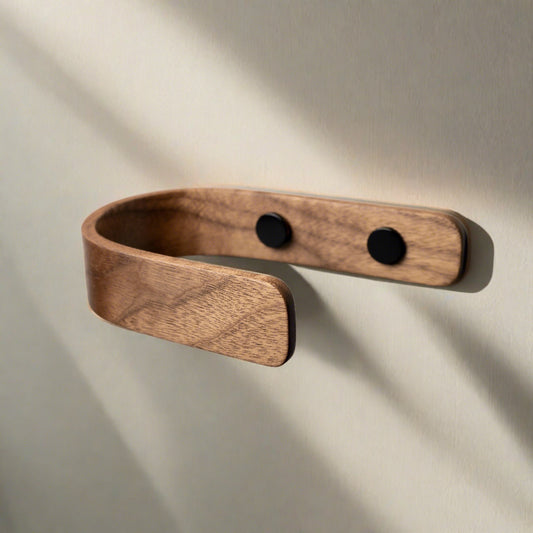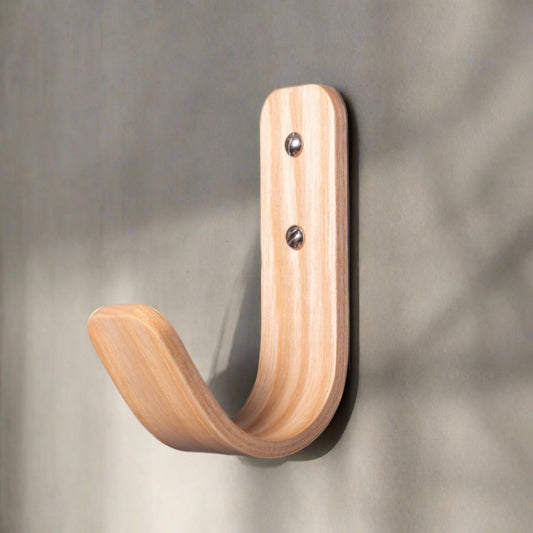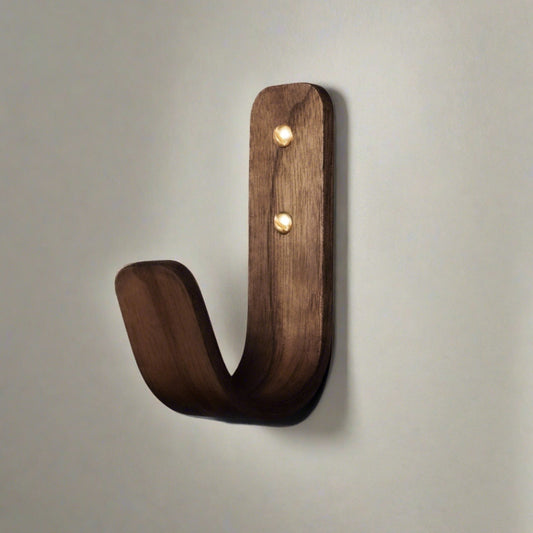Furniture, an integral part of human civilization, has evolved over the centuries, not only in design and functionality but also in the techniques used to construct it. One of the key elements in the art of furniture making is the joinery - the method by which different pieces of wood are connected to form a sturdy and functional whole. Joinery techniques have a rich history, reflecting the craftsmanship, innovation, and cultural influences of various eras. In this blog, we embark on a fascinating journey through the annals of time to explore the evolution of furniture joints.
-
Ancient Joinery Techniques:
The earliest known furniture joints date back to ancient civilizations, where artisans employed simple yet effective methods to connect wooden components. Egyptians, for instance, utilized mortise-and-tenon joints, creating a strong and durable bond by inserting a tenon (a projecting piece) into a mortise (a cavity or hole). This method persisted through various cultures, including the Greeks and Romans, showcasing the enduring efficiency of this ancient joinery technique.
-
Medieval Ingenuity:
As the Middle Ages dawned, so did the development of more sophisticated joint designs. The dovetail joint, characterized by its interlocking wedge-shaped projections, emerged during this era. This ingenious joint provided not only strength but also an aesthetic appeal, becoming a hallmark of craftsmanship in furniture making. The intricacy of dovetail joints often reflected the skill and dedication of the artisan.
-
Renaissance Elegance:
The Renaissance era witnessed a revival of classical art and learning, influencing furniture design and joinery techniques. Cabinetmakers began incorporating ornate and decorative joints, such as the finger joint and the mortise-and-peg joint, to enhance the aesthetic appeal of their creations. These techniques showcased the union of form and function, embodying the spirit of the Renaissance.
-
Age of Industrialization:
With the advent of the Industrial Revolution, furniture production underwent a significant transformation. Mass production demanded quicker and more efficient joinery methods. During this period, butt joints and dowel joints gained popularity due to their simplicity and ease of assembly. While these joints may lack the complexity of their handcrafted predecessors, they played a crucial role in making furniture more accessible to a broader audience.
-
Modern Precision:
The 20th century brought about a resurgence of appreciation for craftsmanship and traditional joinery techniques. Even as modern materials and technologies emerged, skilled artisans continued to employ time-tested methods like mortise-and-tenon and dovetail joints. Additionally, innovations such as biscuit joints and pocket hole joinery entered the scene, offering alternatives that balanced efficiency with durability.
Conclusion:
The history of furniture joints is a testament to the evolution of human ingenuity and craftsmanship. From the simplicity of ancient mortise-and-tenon joints to the precision of modern biscuit joints, each era has contributed to the rich tapestry of furniture-making techniques. As we continue to appreciate and create furniture today, it's essential to recognize the legacy of these joints, which have stood the test of time and continue to shape the way we design and build our living spaces.



